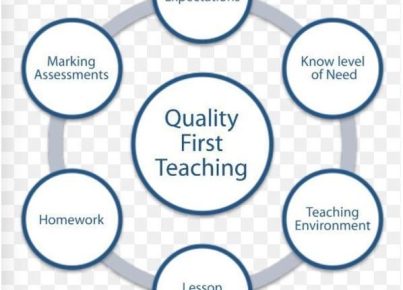The teacher shortage in Idaho has been a pressing issue, with school districts struggling to find qualified candidates to fill open positions and keep up with the increasing demand for educators. In an attempt to address this concern, the state has decided to lower the requirements for teacher certification, making it easier for applicants to enter the profession. However, easing the certification process might not be the best solution to fixing Idaho’s teacher shortage.
Firstly, lowering certification requirements may lead to lower-quality education by admitting less qualified teachers into the system. Teachers play a critical role in shaping the lives of future generations; hence, maintaining a high standard for those individuals responsible for nurturing young minds should be of utmost priority. Lowering these standards has a significant potential to compromise educational quality.
Furthermore, lowering the requirements might not attract enough individuals willing to join the profession in a meaningful way. Aspiring teachers are already aware of the challenges they may face within the education system – including low pay, increasingly complex teaching environments and higher administrative demands – and more ought to be done beyond easing certification requirements.
Instead of lowering certification requirements, Idaho should consider other ways to address its teacher shortage, such as improving working conditions and salary scales for educators. By making teaching a more attractive profession and showing greater appreciation for their hard work and dedication, Idaho could attract both highly qualified professionals and passionate individuals who would leave their mark on future generations.
Additionally, offering financial incentives or loan forgiveness programs for individuals pursuing teaching degrees could encourage more people to consider this path. Funding alternative certification programs could also attract career-changers or other nontraditional candidates into the profession – individuals with valuable experience that could enrich classroom lessons.
Investing in professional development is yet another avenue worth exploring. Ongoing support and resources can help retain existing teachers while boosting their skills and motivation. Apart from that, mentoring programs linking new teachers with experienced educators can create a support network that fosters professional growth and encourages individuals to remain in the profession.
In summary, while it is necessary for Idaho to address its teacher shortage, lowering the bar for certification requirements might not be the right answer. To truly deal with this issue, the state must focus on making the teaching profession more appealing, investing in professional development and providing support systems that keep teachers motivated and equipped to succeed. Only then can Idaho schools provide their students with a world-class education and have a meaningful impact on our future generations.





